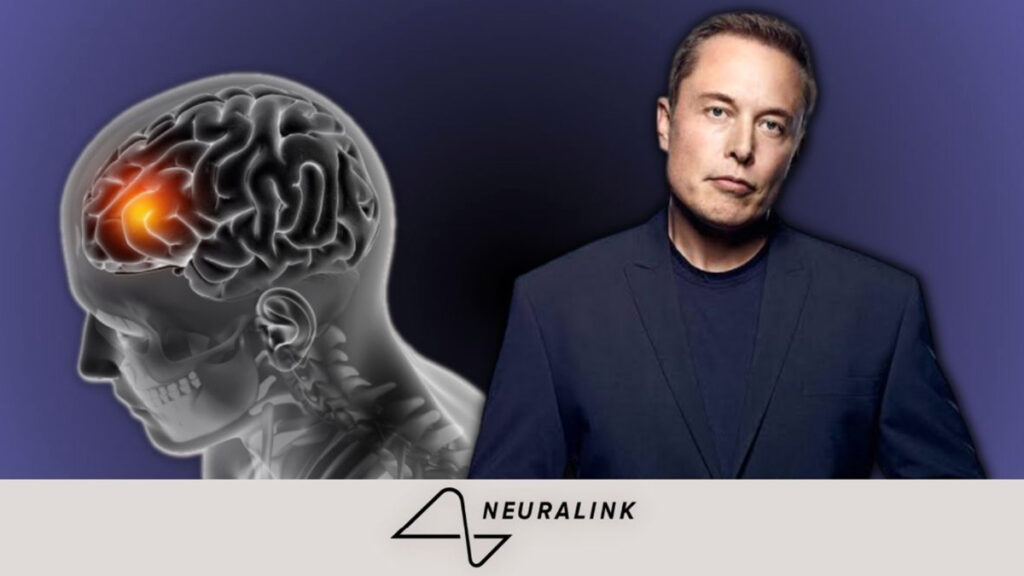Health Risks: Implanting neural devices carries inherent risks such as brain injury, infections, and long-term neurological effects.
Privacy Concerns: The ability of Neuralink to access thoughts and memories raises serious privacy concerns, potentially leading to abuse and surveillance.
Lack of Research: The long-term effects of brain-computer interfaces (BCIs) remain largely unknown, necessitating thorough research and ethical considerations.
Addiction and Mental Health: The allure of super-human abilities through BCIs may lead to addiction, anxiety, depression, and a disconnection from reality.
Cost and Accessibility: BCIs, including Neuralink’s technology, may be prohibitively expensive, limiting accessibility to a privileged few.
Technical Challenges: Removing or repairing BCIs presents technical challenges, including potential brain damage and complications during implantation.


